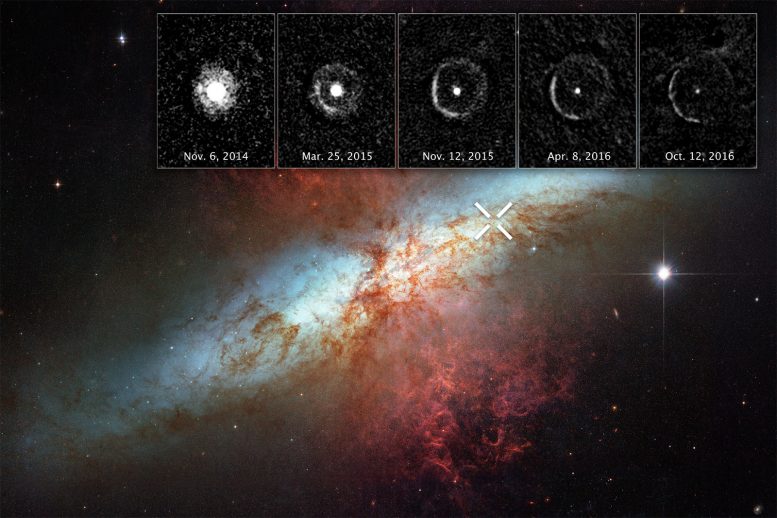
Over a period of two and a half years, NASA’s Hubble Space Telescope observed the “light echo” of supernova SN 2014J in galaxy M82, located 11.4 million light-years away. Credit: NASA, ESA, and Y. Yang (Texas A&M University and Weizmann Institute of Science, Israel), Acknowledgment: M. Mountain (AURA) and The Hubble Heritage Team (STScI/AURA)
The Hubble Space Telescope views light from a supernova explosion in the nearby starburst galaxy M82 is reverberating off a huge dust cloud in interstellar space.
The supernova, called SN 2014J, occurred at the upper right of M82, and is marked by an “X.” The supernova was discovered on January 21, 2014.
The inset images at top reveal an expanding shell of light from the stellar explosion sweeping through interstellar space, called a “light echo.” The images were taken 10 months to nearly two years after the violent event (November 6, 2014 to October 12, 2016). The light is bouncing off a giant dust cloud that extends 300 to 1,600 light-years from the supernova and is being reflected toward Earth.
SN 2014J is classified as a Type Ia supernova and is the closest such blast in at least four decades. A Type Ia supernova occurs in a binary star system consisting of a burned-out white dwarf and a companion star. The white dwarf explodes after the companion dumps too much material onto it.
The image of M82 reveals a bright blue disk, webs of shredded clouds, and fiery-looking plumes of glowing hydrogen blasting out of its central regions.
Close encounters with its larger neighbor, the spiral galaxy M81, is compressing gas in M82 and stoking the birth of multiple star clusters. Some of these stars live for only a short time and die in cataclysmic supernova blasts, as shown by SN 2014J.
Located 11.4 million light-years away, M82 appears high in the northern spring sky in the direction of the constellation Ursa Major, the Great Bear. It is also called the “Cigar Galaxy” because of the elliptical shape produced by the oblique tilt of its starry disk relative to our line of sight.
The M82 image was taken in 2006 by the Hubble Space Telescope’s Advanced Camera for Surveys. The inset images of the light echo also were taken by the Advanced Camera for Surveys.
The science team members are Y. Yang of Texas A&M University, College Station, and the Weizmann Institute of Science, Rehovot, Israel; P.J. Brown of Texas A&M University, College Station; L. Wang of Texas A&M University, College Station, and Purple Mountain Observatory, China; D. Baade, A. Cikota, F. Patat, and J. Spyromilio of the European Organization for Astronomical Research in the Southern Hemisphere, Garching, Germany; M. Cracraft and W.B. Sparks of the Space Telescope Science Institute, Baltimore, Maryland; P.A. Hoflich of Florida State University, Tallahassee; J. Maund and H.F. Stevance of the University of Sheffield, U.K.; X. Wang of Tsinghua University, Beijing Shi; and J.C. Wheeler of the University of Texas at Austin.

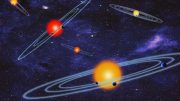
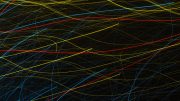
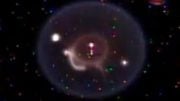
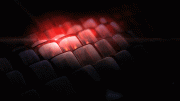

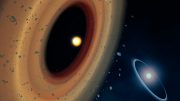


Be the first to comment on "Hubble Telescope Views Light Expanding from an Exploded Star"